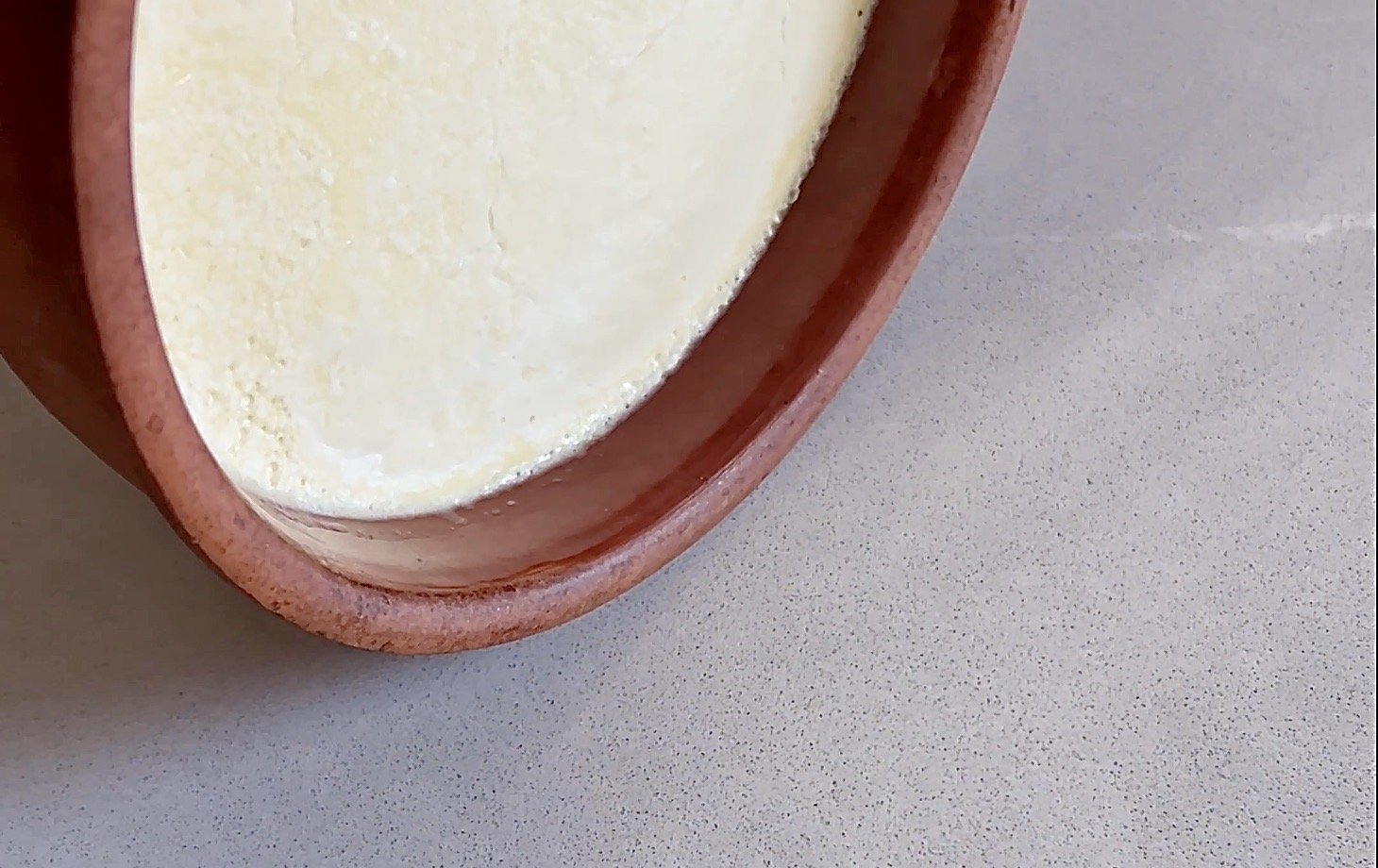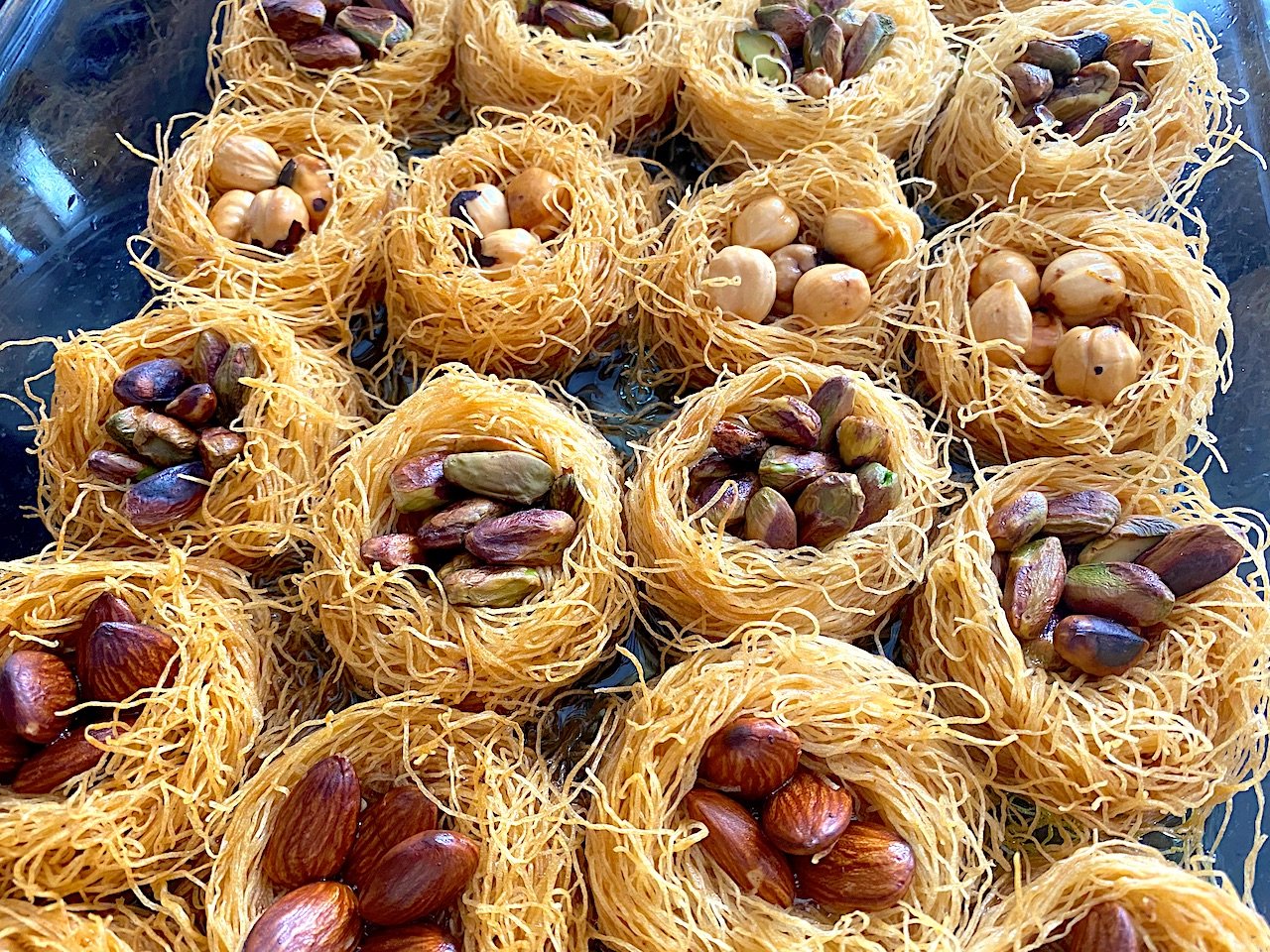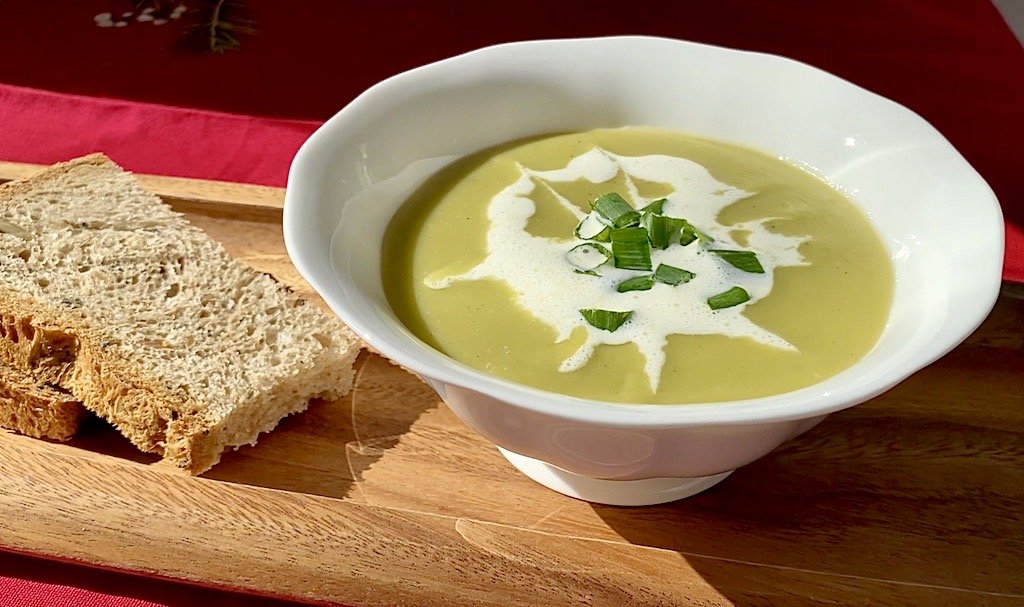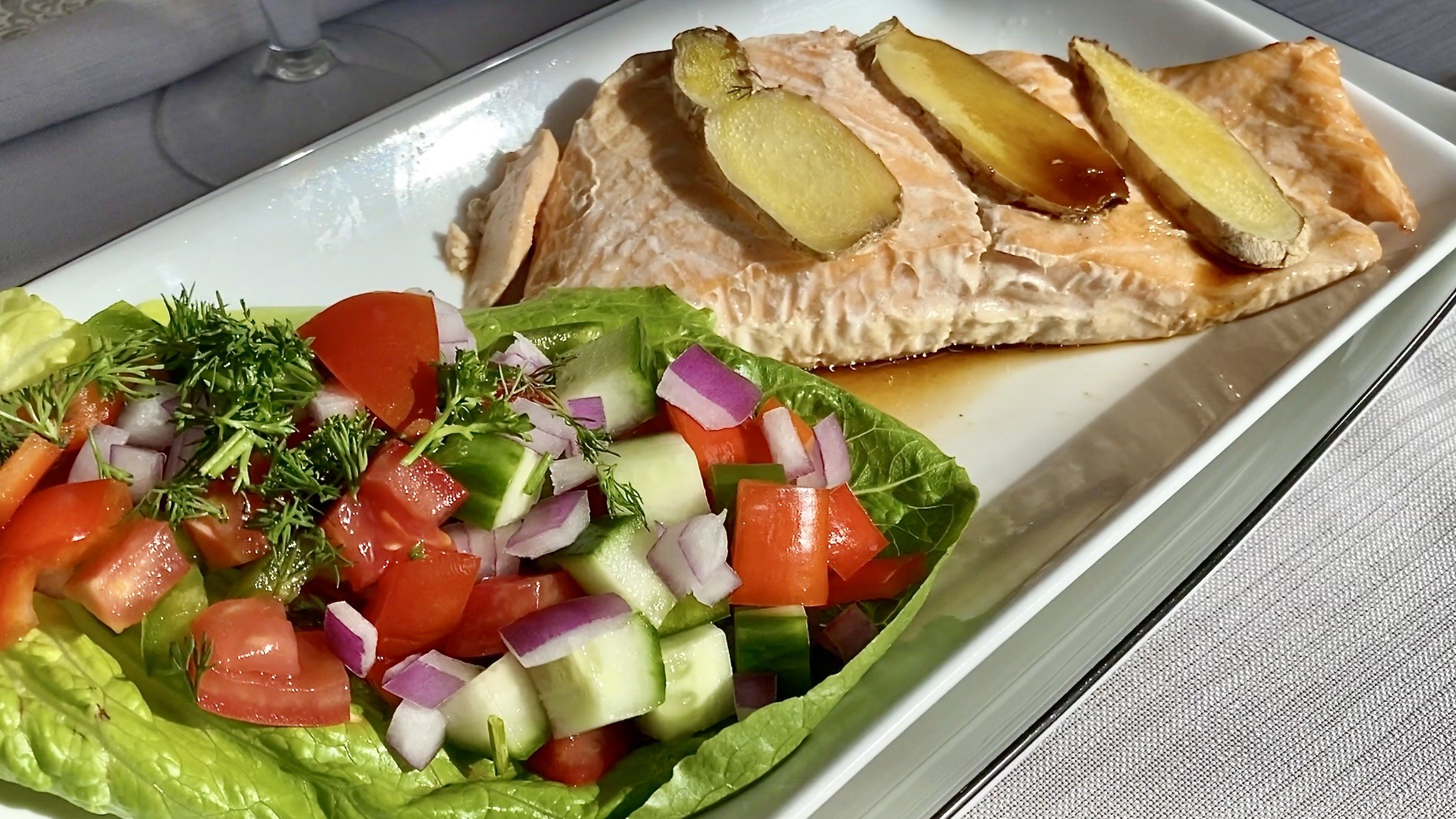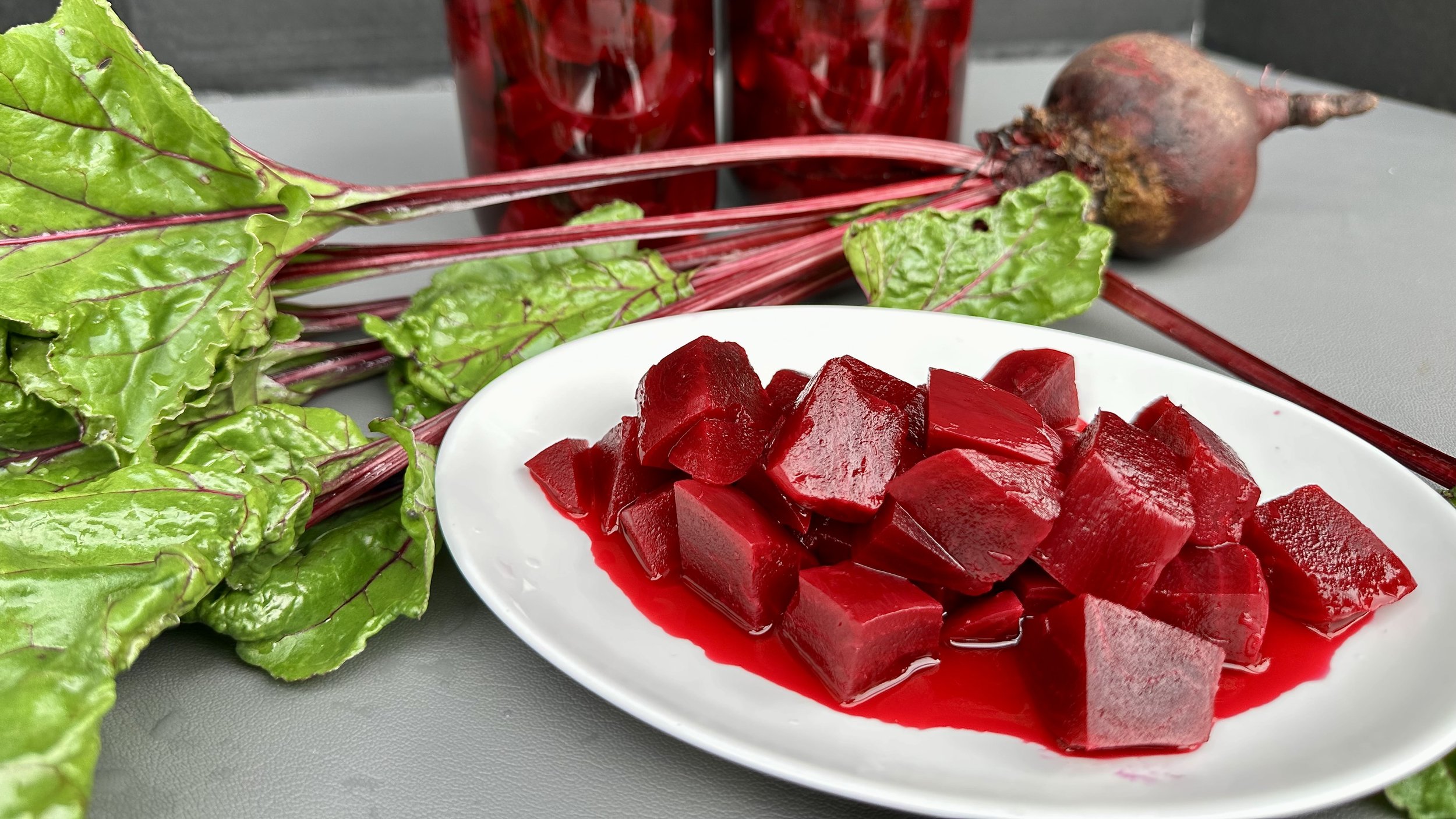Simit: Istanbul’s Crispy Soft Icon
Simit is a symbol of Istanbul’s humble heart, allowing one to see through the bustling metropolis into the serene and ancient roots of the city.
Ages ago, when I was a little girl, I wandered too far from home and got lost in Istanbul’s labyrinthine streets, chasing the scent of freshly baked sesame-coated Simit wafting through the air as the rhythmic calls of a simitçi (simit seller) echoed down the cobblestone alleys. An iconic red cart with shiny gold accents, piled high with caramelized rings of the famous street staple, slowly rolling down the street…tempting and irresistible. Hours later, I was found at the local police station, munching contentedly on my prize. My mother was horrified, but I swear it was the best simit I’d ever tasted!
What is Simit?
At its core, simit is deceptively simple: a circular bread with a golden crust coated in molasses and toasted sesame seeds. The crust is crispy and lightly sweet, while the interior is soft and chewy with a neutral bread-like flavour, offering a harmonious balance in and of itself that allows it to become both a light breakfast and a quick lunch, or to serve as a side to a legendary Turkish brunch.
While it’s often likened to a bagel, simit has a distinct character due to its preparation. Traditionally, the stringy sourdough is dipped into molasses before being generously coated in toasted sesame seeds, creating a subtly sweet, nutty flavour that pairs beautifully with the comforting aroma of fresh bread.
The best way to enjoy simit is the traditional way: paired with a steaming glass of Turkish tea (çay) and a slice of cheese (typically beyaz peynir (a light crumbly white cheese) or kaşar (a semi-hard fatty cheese). For a more elaborate breakfast, add salt-cured olives, tomatoes, and cucumbers to the mix, and you have a meal that feels both rustic and luxurious. If you really want to go all the way, sauté some tomatoes for a juicy menemen to dip into, add a few more varieties of cheese and some fresh herbs to the table, season the olives, and break out the dried fruits, nuts, and jams from the pantry for a feast-complete!
Simit as a Daily Ritual
For many Istanbulites, grabbing a simit from a vendor on their way to work or school is as much a part of their morning routine as the sunrise over the Bosphorus. On ferry rides, simit crumbs are generously shared with the seagulls trailing behind, carrying on a timeless connection between the city’s residents and its feathered companions.
Simit sellers, or simitçi (‘see-meet-chi’), are an indelible part of Istanbul’s street food culture. They can often be spotted balancing trays of simit on their heads or wheeling signature red carts through the bustling streets. Their familiar presence is a daily reminder of the city’s communal and lively spirit.
A Bite of History
Simit’s history dates back to the Ottoman Empire, with references appearing in travelogues stating that it was already a popular snack by the 16th-century and that 70 simit bakeries were established in Istanbul by the 17th-century, with 300 simit bakers producing simit on a daily basis.
Initially a delicacy of palace kitchens, it gradually became a street food staple, beloved by people of all walks of life. The preparation of simit, particularly its curing process and the molasses-dipped crust, reflects culinary techniques enriched with ingenuity and refined through generations, each twist of dough carrying a piece of history. Though many businesses and homecooks alike have attempted to replicate “the Street Simit”, its secrets remain with those old simit bakeries who have been perfecting their craft for generations.
There are also regional variations of simit, each of them with their own stories to tell:
Istanbul Simit: The classic version, known for its crispy crust and chewy interior.
Izmir Gevrek: Boiled in molasses before baking, giving it a crunchier texture.
Ankara Simit: Often larger and thicker than its Istanbul counterpart.
Beyond Turkey’s borders, you’ll also find variations like koulouri in Greece and covrig in Romania, each region adding their own twist to this beloved staple.
Simit in Modern Times
Even as Istanbul adapts to changing times, simit remains a beloved constant. Its enduring popularity has given rise to global chains like Simit Sarayı (Simit Palace), and smaller establishments like Simit and Chai.Co in Toronto, bringing this Turkish classic to pastry lovers around the world. Yet, the essence of simit—bought fresh from a street cart and enjoyed on the go—remains unmatched.
Making simit requires a certain expertise. The perfect balance of a crisp crust, chewy interior, and evenly toasted sesame seeds is a craft honed by skilled bakers. While some modern bakeries and patisseries offer softer, or embellished styles of simit that are easier to replicate, traditional street simit remains a challenge to perfect. That’s why we haven’t shared a recipe for it. Until we crack the code, you’re welcome to try your hand at the recipes of other homecooks—or better yet, seek out a simitçi and enjoy the process of figuring it out yourself!
A Timeless Taste of Istanbul
Istanbulites are romantics, and simit gives us a vessel by which to reminisce the past while still immersed in the present. A sense of comfort and nostalgia.
Whether you’re wandering the city’s historic streets or visiting a local Turkish bakery, have a bite of simit to transport you into the soft heart of Istanbul. As we continue exploring Istanbul’s street food treasures, we want to hear your stories. Have you been or are you from Istanbul? Have you ever tried simit? What’s your favourite way to enjoy this sesame-coated delight? Let us know with #TasteOfIstanbul. And stay tuned —there’s more to Istanbul’s street foods, coming soon!
We don’t write too often. So, if you’d like to know about new articles, subscribe to our email list at the bottom of this page.





